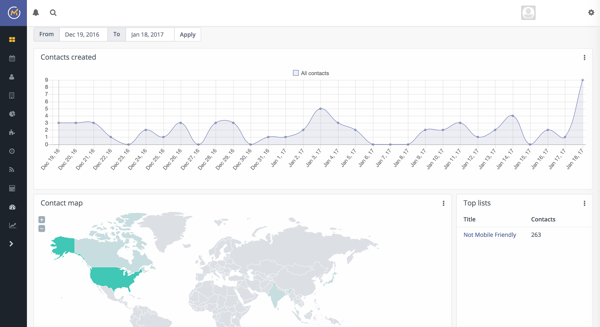Where to start with lighting beyond on-camera flash
Examples of great lighting technique are everywhere these days. There are books, blogs, online training and workshops galore on lighting techniques. The range of equipment and methods can be overwhelming. Where does one start?
If you have never worked with lighting beyond built-in or on-camera flash units but have always wanted to create one of “those” photos — the ones with soft even lighting or dramatic angular lighting or strong light from one side and just enough light from the other to not lose all the detail in the shadows — the hardest thing about advancing may be deciding where to start. There are so many choices.
In my opinion, the best place to start is with a single flash and two simple accessories: a cord to get the flash off the camera and a snap-on diffuser to soften the light from the flash. A white card whether purpose-made or home-made for bouncing the light when the walls and ceiling are absent, too distant, colored or heavily textured might make a good third option. A light stand might also come in handy but isn’t necessary in the beginning.
There are two reasons I like this approach as the first foray into lighting technique:
1) You probably need less than $50 and there isn’t much to learn about the accessories themselves so you can focus on the lighting.
2) Learning about the effects of hard and soft light and of changing the location of the light source is much, much simpler when there is only one light to manage and observe.
That last bullet gives you an idea what you should do with these accessories. Before you buy a fancy lighting book or get hung up trying to re-create someone else’s photo setup, just pick a few subjects and experiment by moving the light around and shooting with and without diffusion or bounce. You can do this all handheld but it is a bit easier if you use a tripod and or light stand to hold the camera and or flash so you can further minimize variables when comparing the effects of your changes. Make notes, including simple diagrams, of where the subject and light were, what exposure settings were used and whether the light was hard or soft. Also note which setups you really like with which subjects and whether you find any combinations so compelling that you can see them becoming part of your unique style.
Try standard angles like 45 degrees left or right (left is easier if you’re using your right hand to press the shutter release) of camera, high, low, behind the subject and 90 degrees to the subject but also experiment with other positions. After you try basic 45 and 90 degree side angles you can introduce a reflector on the opposite side to fill the shadows a bit. Buy an inexpensive folding reflector that is white, silver or gold on one side and another of those colors on the other side or just grab a piece of white poster board. You are still just using one light but the reflector will bounce a little bit of it back to the shadow side of your subject to put a little detail back in the shadows. Take notes on these setups and your preferences as well.
What do you do with your notes and findings from these experiences? First you will already have a good idea of what lighting setups will work best in several situations with various subjects. What will you use on a shiny subject with a lot of texture? A flat, dull object? A face? Food? More importantly, for the setups that match what you plan to photograph most or the style you want to use over and over again, you can now think about what else might make that easier to do. Did you have trouble getting exposure right? Maybe a light meter with flash reading ability would be a good investment. Did you find yourself using the diffuser all the time? A bigger flash unit with a soft box or an umbrella to shoot through or bounce from will take you further in that direction. Did you love a side angle but the reflector didn’t quite do it for you on the dark side? A second flash unit with variable power and either slave ability or remote triggering is probably in your future.
Ready to learn more? There are many great books on photography and lighting. I recommend Joe McNally’s lighting books and have heard good things about his workshops as well. A less obvious idea might be to take a look at a textbook for a college course on theatrical lighting.
